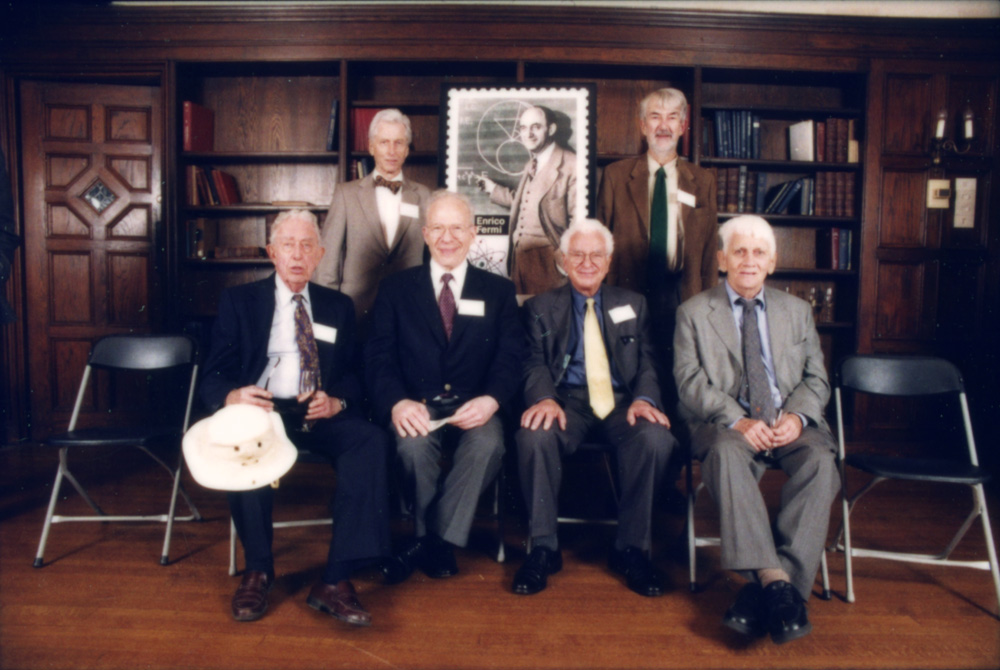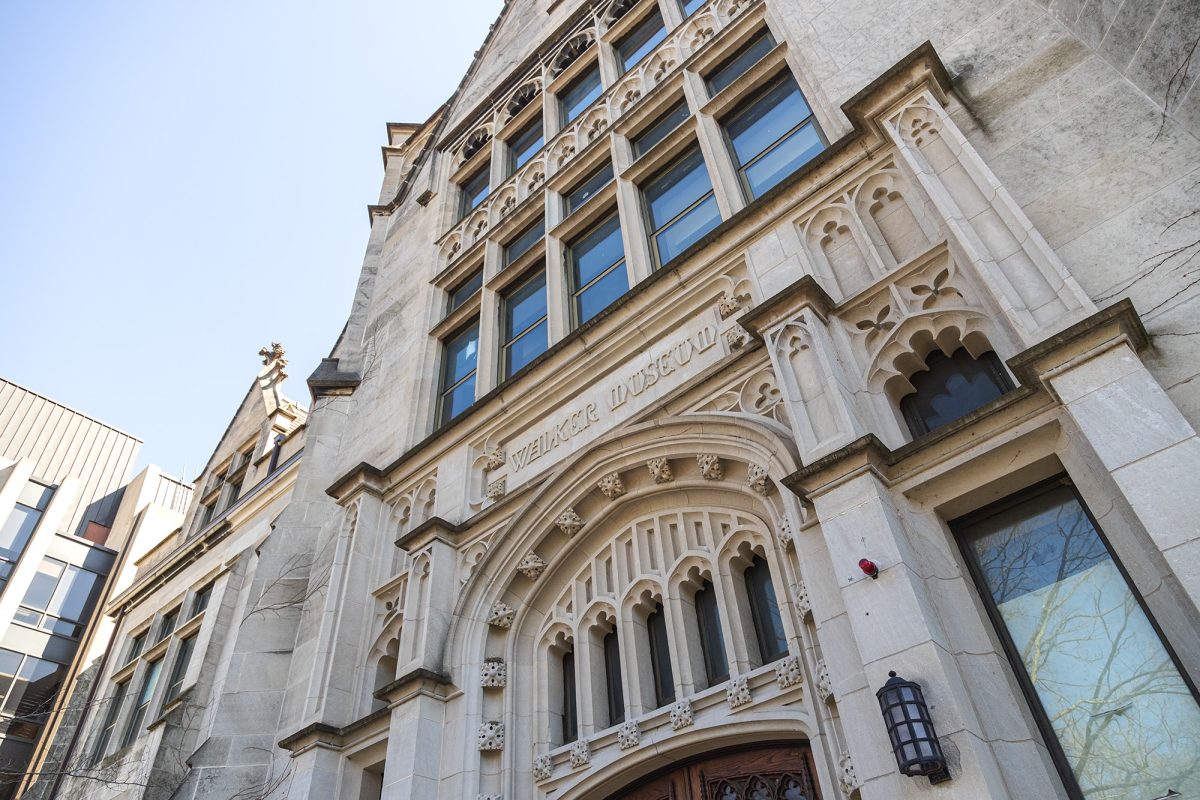I’m sure that this will be posted over at Marginal Revolution, which frequently features examples of markets in, well, everything, but until then:
Tucked away in the back of this coastal city’s export-oriented manufacturing zone is a place that can only be described as a modern mummification factory.Inside a series of unmarked buildings, hundreds of Chinese workers, some seated in assembly line formations, are cleaning, cutting, dissecting, preserving and re-engineering human corpses, preparing them for the international museum exhibition market…The mastermind behind this operation is Gunther von Hagens, a 61-year-old German scientist whose show, “Body Worlds,” has attracted 20 million people worldwide over the past decade and has taken in over $200 million by displaying preserved, skinless human corpses with their well-defined muscles and sinewy tissues.But now with millions of people flocking to see “Body Worlds” and similar exhibitions, a ghastly new underground mini-industry has emerged in China.With little government oversight, an abundance of cheap medical school labor and easy access to cadavers and organs — which appear to come mostly from China and Europe — at least 10 other Chinese body factories have opened in the last few years. These companies are regularly filling exhibition orders, shipping preserved cadavers to Japan, South Korea and the United States.Fierce competition among body show producers has led to accusations of copyright theft, unfair competition and trafficking in human bodies in a country with a reputation for allowing a flourishing underground trade in organs and other body parts.
I saw “Body Worlds” when it was in Chicago. It was probably the most interesting thing I have ever seen in a museum, but an unregulated market here will definately not be Pareto optimal; I know I’d pay a couple more bucks to know that I’m not encouraging a super-shady human flesh market.








